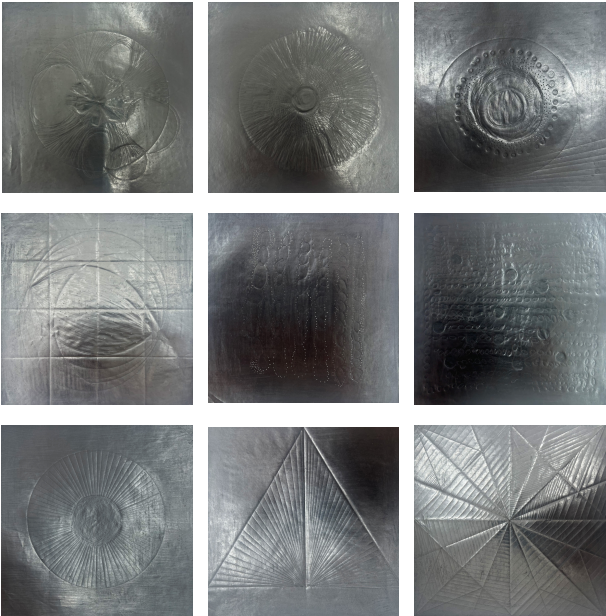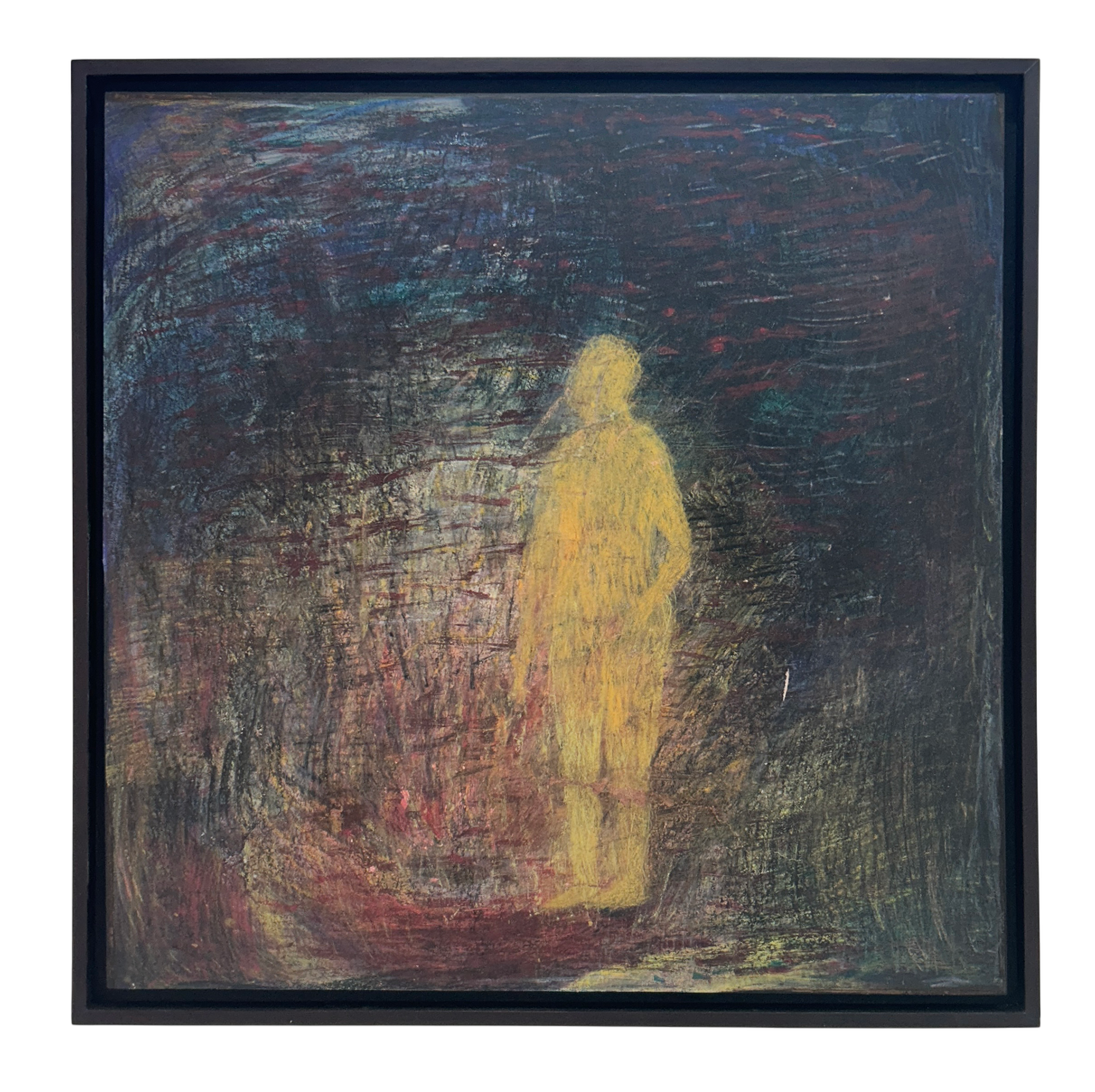Michel Blancsubé
DADA
The ballet Parade premiered on May 18, 1917 at the Théâtre du Châtelet in Paris. It was performed by the Russian ballets directed by Serge de Diaghilev. Written by Jean Cocteau with music by Erik Satie, the choreography was by Léonide Massine and the sets, costumes and curtain were designed by Pablo Picasso. A Parade character was dressed as a horse. After Mike Kelley, who activated this costume in 2005 in Horse Busts, Horse Bodies, it serves as a starting point in several compositions by Sébastien Dosantos Capouet. Cocteau stated that the presence of the horse did not turn Parade into a Dadaist work, since he had begun the project long before the emergence of Dadaism in the Cabaret Voltaire in Zurich in 1916. Dadaist is, without a doubt, the scene illuminated by a bonfire in some place of the Corsican bush. The two creators of the images gathered here share an interest in the fantastic, the dreamlike and the ritual. While one approaches these issues eruditely by adopting the methodology of an ethnologist, the other does so instinctively in the manner of a clairvoyant. Several of the images on display reflect another shared interest in surprising explorations of hallucination. Time is one of the essential components of Dosantos Capouet’s graphic work, not so much time itself as its organization. First, there is the file collection and selection time. Then comes the planning of the different operations that must be carried out. Dosantos Capouet’s iconographic montages require the prior development of a kind of script or storyboard. His images work through successive strata, layers and passages of printing and painting that can only be executed according to a precise chronology. A certain operation must take place between this one and the next one, otherwise the desired image will be lost. Deciphering one of these compositions requires time and attention. No less enigmatic and complex are Yanieb Fabre’s drawings, some of which bring together humans and animals in a kind of pagan round dedicated to the celebration of spirits and fertility. If Fabre’s images must be classified into a particular ontological regime, we will inevitably relate them to the animist universe that celebrates the shared spirit between disparate entities despite their formal differences. We can resume the invitation of Fabre and Dosantos Capouet to let your gaze roam the structure of the images of one and the figures of the other.
Michel Blancsubé
DADA
Nacida con un nombre inventado por su padre para una novela en la que ella es la heroína, la infancia de Yanieb fue muy diferente a la de los niños de su edad. Seguía a sus padres, actores, a las representaciones y ensayos teatrales. Su educación se basa principalmente en la observación de la naturaleza. Disfrutó de total libertad en un entorno artístico y cultural desconectado de los códigos sociales tradicionales. Extremadamente sensible, sentía intensamente el mundo exterior, que soportaba sin ser siempre capaz de comprenderlo. Desde muy pequeña se expresaba a través del dibujo, que era su mejor amigo y su medio para expresar lo que entendía del mundo exterior. A los 18 años atravesó un periodo difícil. Alienada del mundo que la rodeaba, abrumada por sus propias emociones, buscaba su camino, no siempre capaz de distinguir entre lo racional y lo irracional. Sin embargo, instintivamente comprende que esa sensibilidad, esa diferencia, esas emociones la convierten en lo que es y en lo que quiere ser y vivir. Es natural que decida dedicarse a actividades artísticas para expresar y compartir su mundo y sus emociones. Recibió una beca para estudiar en las mejores escuelas de arte de México, y ha expuesto su obra en numerosos museos de México, Francia y Europa. Afincada en Francia desde 2013, Yanieb Fabre combina el vídeo, la danza y el dibujo, abordando las artes visuales como un mecanismo intuitivo para comunicar impulsos y expresar sus estados de ánimo y pasiones de una manera muy obsesiva.Su obra está vinculada a la naturaleza, el deseo y su fascinación por los orígenes animales de la humanidad. Inspirándose en mitos antiguos, a la manera de un chamán, Yanieb explora y da rienda suelta a su imaginación en un delirio poético y onírico en el que transmite su propia visión de la manifestación espiritual de la naturaleza.
Michel Blancsubé
Grafitos, 2017-2023
Graphite on albanene paper
8.2 x 8.2 in (each)
Hombre fuego (Córcega), 2023
Mixed technique on paper
47.2 x 47.2 in


